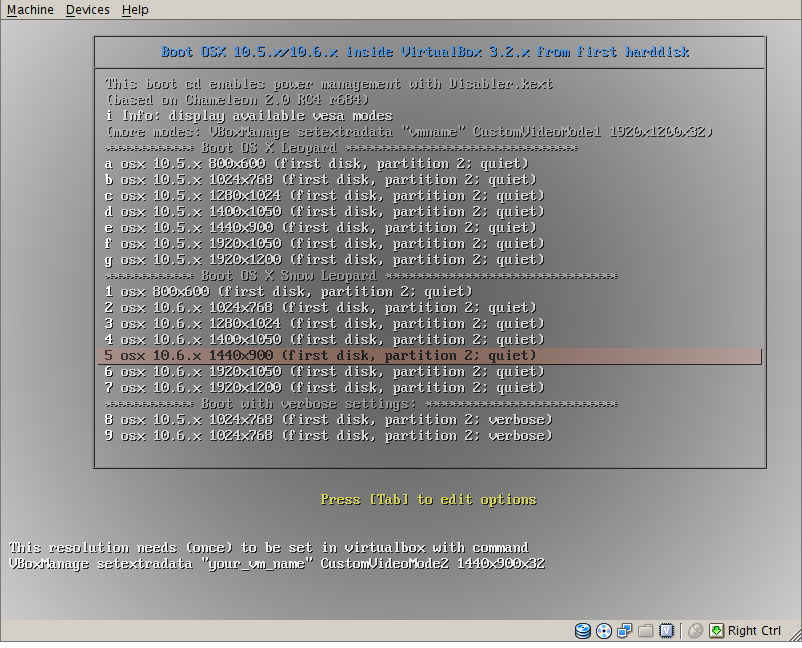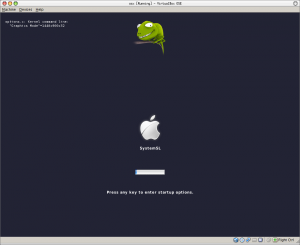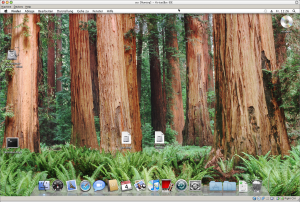A generic rescue system should boot in bios mode and in (u)efi mode. It should boot from usb and it should use the same boot menu config file for bios and for efi boot mode. Grub2 has a nice boot menu and supports bios and efi boot mode.
Because the installation scripts of grub2 might have side effects and might affect installed systems, only grub images (=files) are created.
(Installation for efi boot, if secure boot is disabled: copy grub core image to EFI/BOOT; bios boot: chainload from syslinux + ldbsd.com.)
Steps to create such an usb stick using linux (e.g. ubuntu or opensuse): bios boot and efi boot with disabled secure boot
(it is possible to use clonezilla stable (=debian version): choose run shell; sudo su; ifconfig eth0 YOURIP netmask YOURMASK; route add default gw YOURGATEWAYIP; use mc to edit /etc/resolv.conf: nameserver 8.8.8.8; apt-get update; apt-get install grub-efi; use wget to fetch other files)
- backup existing data because the usb stick will be repartitioned (erasing existing data)
- run linux and use gdisk to create a gpt partition table with one fat32 partition
(which will be marked bootable for bios boot). Run gdisk as root user:
gdisk /dev/sdX (X=your usb stick; ensure that you use the intended usb stick – and not an existing hard disk)
– p (prints existing partition table)
– o (creates a new empty partition table)
– n (create partition: use default start and end sectors, set type to 0700)
– x (switch to expert menu)
– a (add flags: use 2 = “legacy BIOS bootable”)
– w (writes the new partition table to the usb stick) - format the new partition with fat32 (and set partition label name to SPB2; this label will be used by grub2 to identify the partition)
mkfs.msdos -n SPB2 /dev/sdX1 (X=your usb stick) - mount the new partition and create some directories:
– mkdir mnt
– mount /dev/sdX1 mnt (X=your usb stick)
– mkdir -p mnt/EFI/BOOT
– mkdir -p mnt/grub/fonts
– mkdir syslinux
– mkdir mnt/grub/i386-pc (optionally for additional grub2 modules, bios mode)
– mkdir mnt/grub/x86_64-efi (optionally for additional grub2 modules, efi mode) - install syslinux (has to be version <5.0, binaries here: syslinux.zip) to the new partition /dev/sdX1 and copy the sylinux boot loader gptmbr.bin to /dev/sdX
– umount /dev/sdX1 (X=your usb stick)
– syslinux -d syslinux /dev/sdX1 (X=your usb stick)
– dd if=/usr/lib/syslinux/gptmbr.bin of=/dev/sdX
or
dd if=/usr/share/syslinux/gptmbr.bin of=/dev/sdX
– mount /dev/sdX1 mnt - contents of configuration file for grub core image in bios boot mode embed.cfg:
search.fs_label SPB2 root
set prefix=($root)/grub
configfile $prefix/grub.cfg - the configuration file for grub core image in efi boot mode embed_efi.cfg currently has the same contents as embed.cfg.
- both configuration files, embed.cfg and embed_efi.cfg are stored in mnt/grub/
- install grub2 (needs installed grub2 packets for i386-pc and for x86_64-efi;
e.g. apt-get install grub-pc and apt-get install grub-efi-amd64; older debian based linux calls grub2 grub and grub-1.x grub-legacy).
This step creates only grub image files (given by “-o”).
– cp /usr/share/grub/unicode2.pf2 mnt/grub/fonts/
or
cp /usr/share/grub2/unicode.pf2 mnt/grub/fonts
– grub-mkimage -O i386-pc -p /grub -c mnt/grub/embed.cfg -o mnt/grub/core.img configfile fat part_gpt part_msdos biosdisk cat echo test search search_label search_fs_uuid boot chain linux reboot halt normal vbe font gfxterm
or
grub2-mkimage ….
– grub-mkimage -O x86_64-efi -p /grub -c mnt/grub/embed_efi.cfg -o mnt/EFI/BOOT/bootx64.efi configfile fat part_gpt part_msdos cat echo test search search_label search_fs_uuid boot chain linux reboot halt normal efi_gop efi_uga font gfxterm
or
grub2-mkimage …. - in bios boot mode syslinux is used to chainload core.img of grub2 (with an intermediate ldbsd.com from grml project which does only work with syslinux versions <5.0)
– contents of syslinux.cfg (to be copied to mnt/syslinux/syslinux.cfg):
default grub2
timeout 1
totaltimeout 3
label grub2
say using bsd4grml/ldbsd.com as loader
kernel ldbsd.com
append echo Loading GRUB2…`machine exec grub /grub/core.img
– unpack ldbsd.com.zip and copy ldbsd.com to mnt/syslinux/ldbsd.com - finally we need grub.cfg (to be stored in mnt/grub/):
set menu_color_normal=white/black
set menu_color_highlight=black/light-gray
set default=0
loadfont ($root)/grub/fonts/unicode.pf2
if [ x$grub_platform = xefi ]; then
set gfxmode=auto
set gfxpayload=keep
set boottype=efi
else
set gfxmode=800x600x16
set gfxpayload=keep
set boottype=bios
fi
terminal_output gfxterm
menuentry “linux on sdb1 ($boottype; partition SPB2 on($root); $gfxmode)” {
linux ($root)/vmlinuz root=/dev/sb1 …
initrd ($root)/initrd
} - the example assumes that linux kernel and ramdisk are copied to mnt/
(that is, to the root directory of the usb stick) - both boot modes can be tested with virtualbox (>=4.2.12); system settings allow to switch to efi boot mode.
Give access to usb device with
VBoxManage internalcommands createrawvmdk -rawdisk /dev/sdX -filename raw_usb_sdX.vmdk


